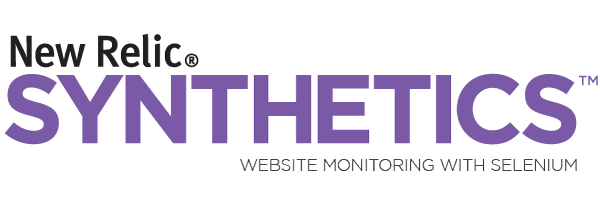Getting Started

Selenium WebDriver
If you want to create robust, browser-based regression automation suites and tests, scale and distribute scripts across many environments, then you want to use Selenium WebDriver, a collection of language specific bindings to drive a browser - the way it is meant to be driven.

Selenium IDE
If you want to create quick bug reproduction scripts, create scripts to aid in automation-aided exploratory testing, then you want to use Selenium IDE; a Chrome and Firefox add-on that will do simple record-and-playback of interactions with the browser.

Selenium Grid
If you want to scale by distributing and running tests on several machines and manage multiple environments from a central point, making it easy to run the tests against a vast combination of browsers/OS, then you want to use Selenium Grid.










